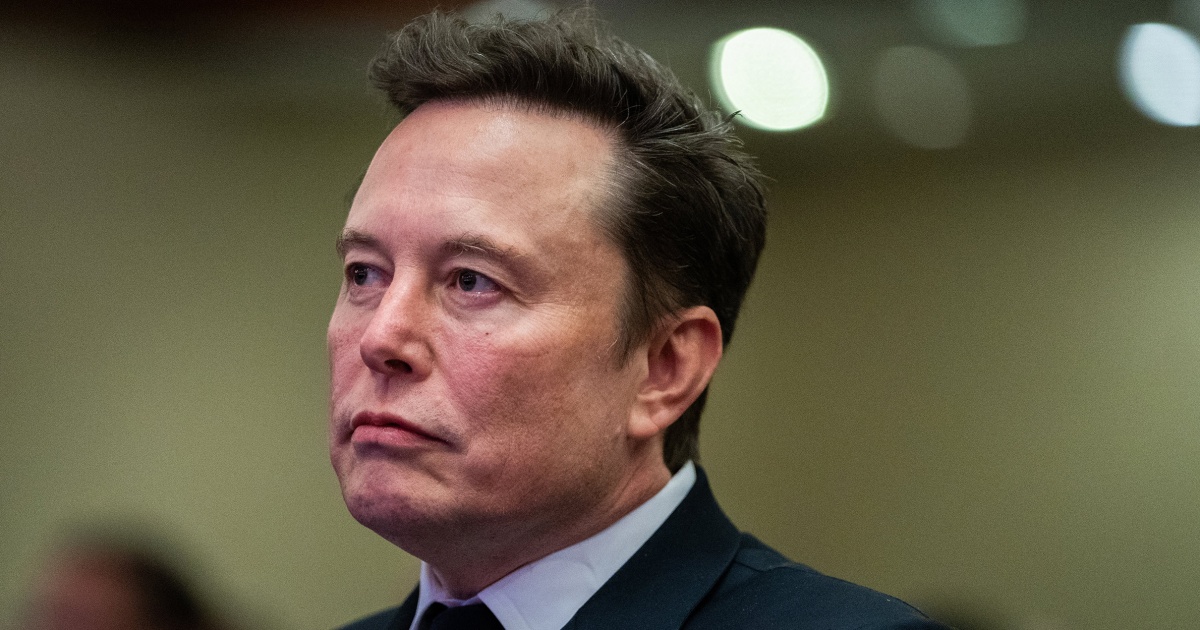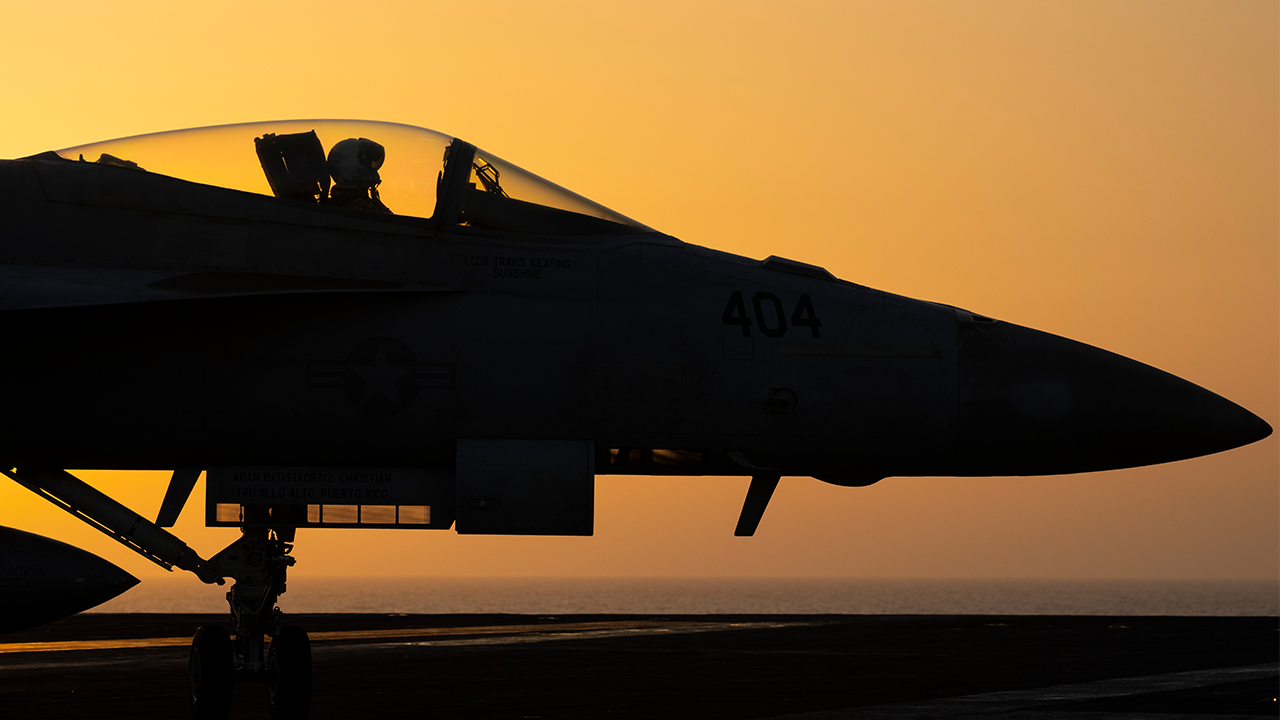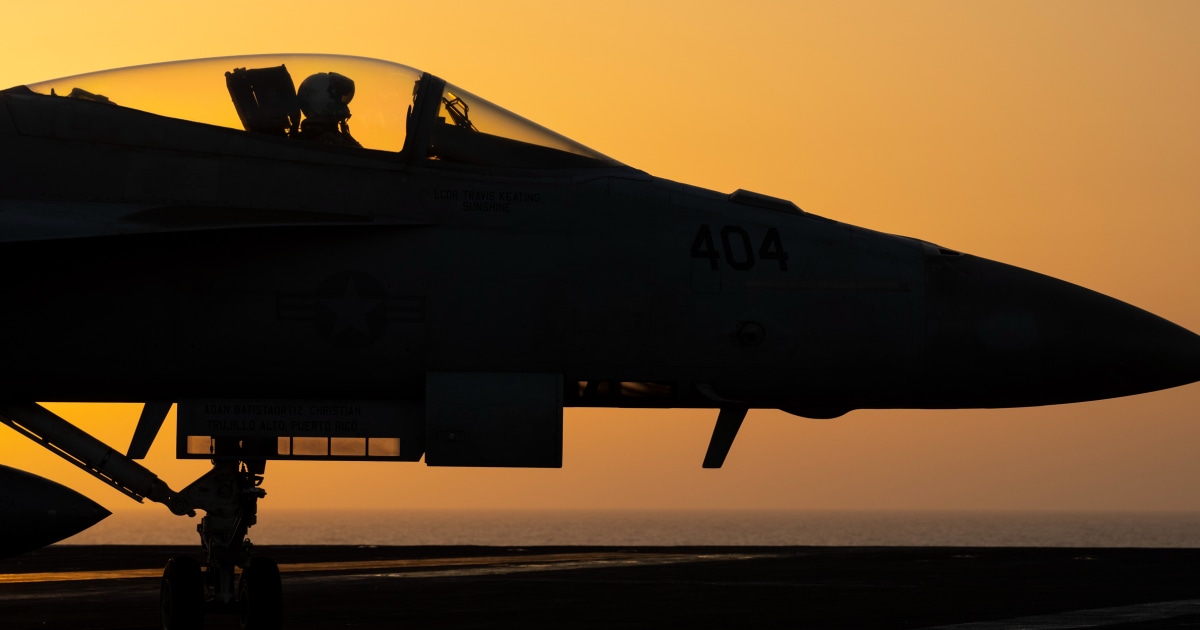World
Another world war is looming large

How close is the United States to World War III?
Much closer than you might think and, unfortunately, closer than many of the nation’s leaders think, too, apparently.
We’re not ready. Not militarily, and certainly not as regular people going about our lives, immersed, as some are, in petty day-to-day concerns.
That’s the assessment of the Commission on the National Defense Strategy, a bipartisan group Congress assigned to analyze President Joe Biden’s National Defense Strategy.
This isn’t a group of political hacks. As Walter Russell Mead described it in the Wall Street Journal last week, it consists of eight experts appointed jointly by senior Republicans and Democrats who sit on the House and Senate armed services committees. The commission conducted interviews across government, “reviewing both public and classified information, and issued a unanimous report that, in a healthy political climate, would be the central topic in national conversation.”
But of course we don’t have one of those climates at the moment. That may change quickly if any of the current troublespots in the world escalates into a multi-theater war.
The commission’s report, issued two months ago but heard in a House committee last week, doesn’t mince words. But the words it doesn’t mince ought to make Americans’ ears perk up. The Deseret News editorialized on the report in July. Little has been said about it nationally since.
“The U.S. public (is) largely unaware of the dangers the United States faces or the costs (financial and otherwise) required to adequately prepare,” the report said. “They do not appreciate the strength of China and its partnerships or the ramifications to daily life if a conflict were to erupt.
“They are not anticipating disruptions to their power, water, or access to all the goods on which they rely. They have not internalized the costs of the United States losing its position as a world superpower.”
As Israel and Hezbollah flirt with all-out war, as Russia and Ukraine continue to battle, and as China, according to The New York Times, begins to use force to dominate the South China Sea and attack Philippine boats, the report is blunt:
“The threats the United States faces are the most serious and most challenging the nation has encountered since 1945 and include the potential for near-term major war,” it said. “The United States last fought a global conflict during World War II, which ended nearly 80 years ago. The nation was last prepared for such a fight during the Cold War, which ended 35 years ago. It is not prepared today.”
China, which now spends nearly as much as the U.S. on defense, and Russia, which devotes 29% of its budget to defense, have formed a “no limits” partnership, which has expanded to include Iran and North Korea.
Again, the report is blunt: “Although neither as strong nor as broad as America’s alliances, this partnership is aimed at challenging U.S. leadership internationally,” it said. “At minimum, the United States should assume that if it enters a direct conflict involving Russia, China, Iran, or North Korea, that country will benefit from economic and military aid from the others.”
Amid all this, the U.S. military is having trouble recruiting. As Vox reported recently, the Army hasn’t met its goals in two years, coming up 10,000 short in 2023. Active-duty Army soldiers are at their smallest levels since 1940.
The report hints at reinstating the draft, urging a larger mobilization.
“More broadly, we support calls for increased levels of public and civil service to help provide a renewed sense of engagement and patriotism among the American people.”
The larger question is why this report hasn’t caused more of a stir among Americans, generally, and why it isn’t the central theme of presidential campaigns.
As Mead’s headline in the Wall Street Journal put it, the nation is shrugging “as WWIII approaches.”
“A more devastating indictment of a failed generation of national leadership could scarcely be penned,” he wrote.
It’s worth noting that the U.S. was woefully unprepared to fight World War II when it entered the multi-theater conflict after Pearl Harbor. As the National World War II Museum’s website notes, “America needed to quickly raise, train, and outfit a vast military force. At the same time, it had to find a way to provide material aid to its hard-pressed allies” … and “massive government spending” was required.
As to that last point, we didn’t have a $35 trillion national debt and annual budget deficits that already exceeded $2 trillion in 1941.
If this is the prelude to another global conflict, future generations might wonder why we ignored reports such as this one.










